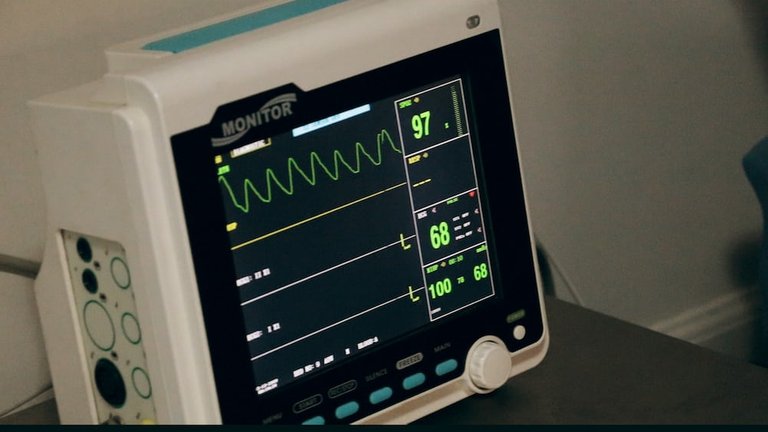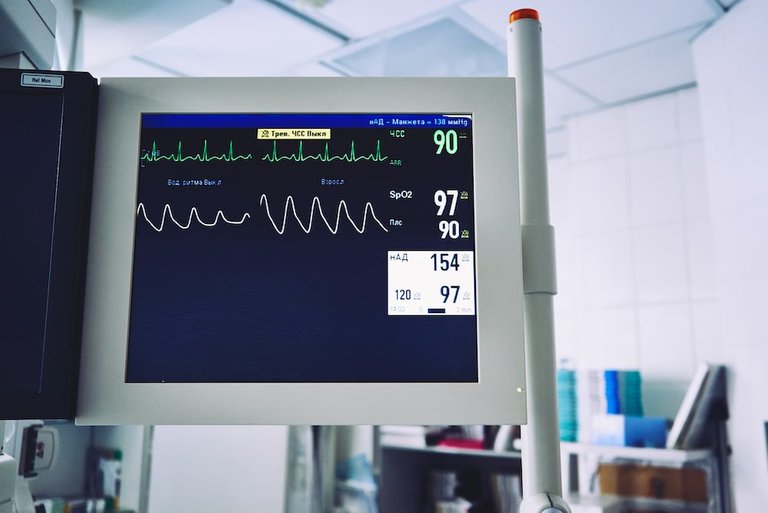For decades, most patients with cardiac arrest due to cardioversion/defibrillation waited for heart failure to develop. However, the recent recognition that the underlying condition termed "cardiac arrhythmia" is reversible has opened up a whole new world of possibilities. A cardiac arrhythmia is a regular rhythm (be it regular or irregular) of the heart. In laymen's terms, this means your heartbeat.
It also means any kind of abnormal rhythm in which the heart beat may become too fast, too slow or even stop at any given moment. Cardiac arrhythmia can be either congenital or acquired and often develops during early childhood (congenital cardial rhythm abnormality).
The treatment options are generally limited to either preventing recurrences of the same arrhythmia during defibrillation or managing them during re-entries when they happen. Cardiac arrest can be fatal if not treated quickly, so it is important to understand how it develops before it becomes a life-threatening medical condition.
What is a cardiac arrhythmia?

Cardiac arrhythmia is a regular rhythm (be it regular or irregular) of the heart. In laymen's terms, this means your heartbeat. It also means any type of abnormal rhythm in which the heart beat may become too fast, too slow or even stop at any given moment. The most common of these are atrial fibrillation and ventricular tachycardia. Other less common arrhythmias (e.g., pulseless ventricular tachycardia) may occur as well.
The etiology of cardiac arrhythmia is not fully understood, but it is thought to be the result of a combination of genetic and environmental factors. The most significant environmental factor that may play a role in the development of cardiac arrhythmia is an inherited condition called congenital long QT syndrome. Long-QT syndrome is a condition in which the heart's electrical system is abnormal, leading to a prolonged QT interval and a risk of developing ventricular arrhythmia.
It is also important to note that this same inherited condition may cause a congenital heart disease called atrioventricular canal-to-canal wedging called ventriculomegaly. Other genetic disorders (e.g., short QT syndrome) and environmental factors (e.g., substances that can make your heart work harder) also may be involved in the development of cardiac arrhythmia.
It is important to remember that many of these conditions cannot be detected by standard screening tools such as ECG.
How Does Cardiac Arrest Occur?
Typically, a cardiac arrest/cardioversion/defibrillation occurs as the result of a sudden, unprovoked left bundle branch block (SBBB) arrhythmia. Although any heart rhythm can occur as the result of a SBBB, most common is SBBB with a premature depolarization that produces a shock wave that travels to the heart's interior through the left ventricle.

This wave can be very dangerous because it can bypass the proper pacemaker in the myocardium, causing ventricular arrhythmia or even sudden death. In addition, the underlying long QT syndrome or another condition called post-re-entry prolongation (PRP) may occur during cardioversion/defibrillation and lead to a prolonged QT interval and ventricular arrhythmia.
Emergence of radiofrequency (rf) defibrillation/ cardioversion therapy has reduced mortality from sudden cardiac death in patients with heart block to 1%. So, even though there is a greater chance of a catastrophic outcome in these patients, the overall survival rate is still very high. However, these same advances have made standardization of the monitoring and documentation of these patients much more challenging.
First, changes that may indicate an arrhythmia (e.g., an increase in pre-excitation or the QT interval) are often subtle and difficult to detect. According to the 2010 ACC/AHA guidelines, a patient with a SBBB event should be monitored for at least 24 hours after the event.
Although it is ideal to keep an eye on a patient continuously, this is not always possible. In these cases, documentation of vital signs, ECG and/or Arrhythmia Score is ideal. However, without these simple and affordable tools, it can be difficult to monitor a patient with cardiac arrhythmia.
Although all electric devices follow the International Electromagnetic Compatibility (IEC) standard, the task of establishing causality between a device and a cardiac arrest is often difficult. This may be because there are no clear cut differences between an IEC-19FC, IEC-19FD or IEC-19LE device and a device used in cardiac arrest. Moreover, it is often difficult to tell which device might have caused the event.
Nevertheless, it is important to note that all three types of devices have been demonstrated to be safe and effective in the treatment of heart disease.
What Are the Treatment Options for Acute Cardiovascular Arrhythmia?
There are 2 main types of treatment for acute cardiac arrhythmia: drug therapy and surgery. For most patients with acute cardiopulmonary arrest, drug therapy is the first line of treatment. Most drugs used in treatment of cardiac arrhythmia are similar to those used to treat heart disease and have been shown to be safe and effective in animal and human studies.
For example, procainamide, idazapam, amiodarone and sotalol are all antiarrhythmic medications. However, their use is often combined with other drugs such as a beta-blocker and/or calcium channel blocker to reduce the risk of unwanted effects.
In addition, defibrillation devices can be used to correct the underlying problem that causes excessive vagal tone (e.g., congenital long QT syndrome). However, most devices have only limited capabilities for differentiating between different causes and therefore cannot be used for all types of cardiac arrest.
Cardiac arrest is a life-threatening condition that may result from either ventricular or atrial arrhythmia. The mainstay of treatment for cardiac arrest is cardioversion/defibrillation. However, the incidence of certain types of cardiac arrest - called ventricular or atrial arrhythmia - is much higher than what is achieved by defibrillation alone, which is why it is important to monitor patients with ventricular or atrial arrhythmia using specialized equipment.
Cardiac arrest can be a difficult condition to diagnosis and monitor, but with a little luck and perseverance, you can get your loved ones back as quickly as possible.
(1).https://www.healthline.com/health/arrhythmia
(2). https://www.nhs.uk/conditions/arrhythmia/
(3). https://www.heart.org/en/health-topics/arrhythmia/about-arrhythmia
(4).https://www.webmd.com/heart-disease/atrial-fibrillation/heart-disease-abnormal-heart-rhythm
(5). https://www.mayoclinic.org/diseases-conditions/heart-arrhythmia/symptoms-causes/syc-20350668
Thanks for your contribution to the STEMsocial community. Feel free to join us on discord to get to know the rest of us!
Please consider delegating to the @stemsocial account (85% of the curation rewards are returned).
Thanks for including @stemsocial as a beneficiary, which gives you stronger support.